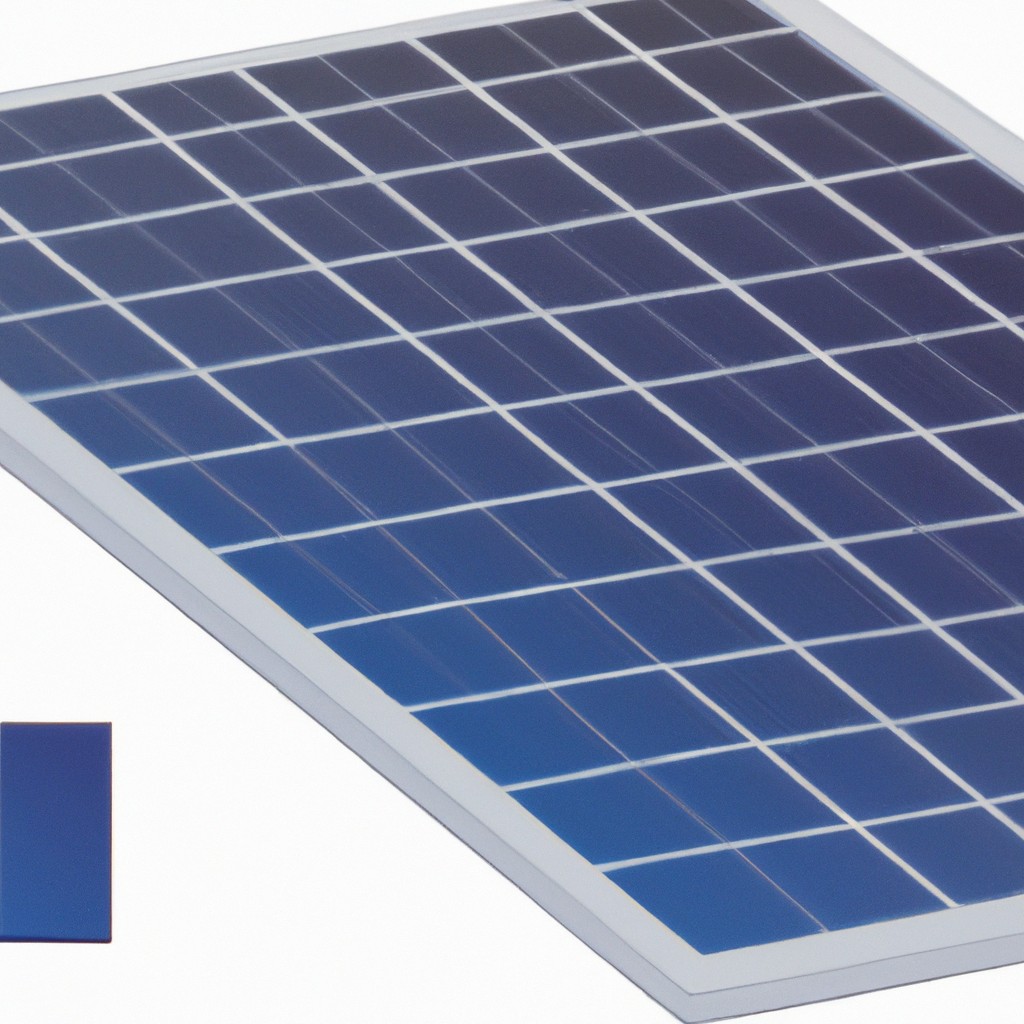Discover how a Power Purchase Agreement (PPA) can facilitate your transition to solar energy by providing a cost-effective and low-risk investment option.
Key takeaways:
- No upfront installation costs
- Fixed, predictable electricity pricing
- Maintenance and performance responsibility of the provider
- Potential to reduce energy costs and carbon footprint
- Agreements typically range from 10 to 25 years
What Is a Solar PPA?

A Power Purchase Agreement (PPA) is a financial arrangement in which a third-party developer owns, operates, and maintains the photovoltaic (PV) system, while a host customer agrees to site the system on their property and purchase the system’s electric output from the solar services provider for a predetermined period.
Key points of a Solar PPA:
- No upfront installation costs for the host customer.
- Fixed, predictable electricity pricing, often lower than local utility rates.
- Maintenance and performance are the responsibility of the PPA provider.
- Potential to reduce energy costs and carbon footprint.
- Duration of agreements typically range from 10 to 25 years.
How Does a Solar PPA Work?
A Solar Power Purchase Agreement (PPA) is a financial arrangement in which a third-party developer owns, operates, and maintains the photovoltaic (PV) system, and a host customer agrees to site the system on their property and purchase the system’s electric output from the solar services provider for a predetermined period. This framework allows the host customer to receive stable, and often low-cost, electricity, while the solar services provider or another party acquires valuable financial benefits such as tax credits and income generated from the sale of electricity.
The nuts and bolts of the arrangement are as follows:
- Installation: The solar provider installs a solar energy system on the customer’s property at no initial cost.
- Electricity Pricing: The customer buys the energy produced by the system at a set per-kWh rate, which is typically lower than the local utility’s rate.
- Maintenance and Repairs: The solar provider is responsible for system performance and maintenance, often including repairs and monitoring services.
- Term Length: The agreement usually spans between 10 to 25 years, with options for the customer to extend the agreement or purchase the system.
- Transferability: In case of property sale, most PPAs are transferable to the new property owner.
- Guaranteed Performance: Many PPAs include performance guarantees, ensuring a certain level of electricity production.
By outlining the key principles of how a Solar PPA operates, homeowners and businesses are empowered to consider whether such an agreement might align with their financial and energy goals.
Comparing Solar PPA, Lease, and Full Ownership
When considering solar power for your home or business, evaluating your financing options is crucial. Under a Solar Power Purchase Agreement (PPA), you agree to allow a developer to install solar panels on your property, and in return, you purchase the generated power at a set per-kWh rate, typically lower than your local utility rates.
In contrast, a solar lease is similar in that there’s no upfront installation cost. However, instead of paying for the power produced, you pay a fixed monthly rent for the equipment over the lease term, which can result in less direct savings on your electricity bills compared to a PPA.
Opting for full ownership means purchasing the solar system outright or through a loan. This requires a significant initial investment, but the benefits include the potential for higher financial returns over time due to energy cost savings, increased property value, and eligibility for tax credits and incentives.
When selecting the best solar financing option, consider the following:
- Initial and long-term economic impacts
- Desired level of involvement in maintenance and monitoring
- The importance of eligibility for tax credits and rebates
- Willingness to commit to a long-term contract
- Potential changes in future electricity costs
Each option carries its unique balance of costs, benefits, and responsibilities, making it important to align your choice with your financial goals and appetite for involvement in the solar energy system’s operation and upkeep.
Solar PPA Vs. Buying
When choosing between a Solar Power Purchase Agreement (PPA) and buying a solar system outright, several factors come into play.
– Initial Investment: Solar PPAs typically require little to no upfront costs, while purchasing a system involves a significant initial expenditure.
– Ownership and Incentives: Buying your system makes you eligible for tax credits and rebates, while with PPA, these financial benefits often go to the system’s owner—the provider.
– Cost Over Time: With a PPA, you pay for the power generated, often at a lower rate than your utility. However, owning a system means once it’s paid off, the electricity it produces is free.
– Maintenance Responsibilities: PPA providers usually handle maintenance and repairs, whereas system owners are responsible for their unit’s upkeep.
– Energy Costs Predictability: PPAs offer a predictable cost over the contract term, whereas buying your system could yield varying returns based on energy production and market rates.
– Property Value Impact: Owned systems can increase property value, but some potential homebuyers might not want to assume a PPA contract.
Exploring these points will help in determining which option aligns better with your financial situation, energy needs, and personal preferences.
Is a Solar PPA Right for You?
Determining whether a Solar Power Purchase Agreement (PPA) aligns with your circumstances involves assessing several factors:
Initial Investment: If you prefer to avoid high upfront costs, a Solar PPA demands no investment for the installation of the system on your property.
Electricity Costs: If your primary goal is to lower your monthly electricity bills, a PPA can provide savings as the rate under a PPA is typically lower than your current utility rates.
Maintenance Responsibility: If you are not interested in maintaining the system, a Solar PPA is beneficial as the responsibility for system upkeep and repairs lies with the provider.
Commitment Period: Consider your long-term plans with the property. PPAs usually have terms ranging from 10 to 25 years; ensure this commitment aligns with your property ownership goals.
Energy Consumption Patterns: If your energy usage is high and consistent, a PPA might yield more predictable and reliable cost savings over the contract term.
Impact on Property Value: Some studies suggest solar installations increase property value, but with a PPA, since the system is not owned, this benefit may not fully apply. However, transferring the PPA to a new owner if you sell the home is generally possible.
Incentives and Credits: Since the solar provider owns the system, they reap the benefits of any government tax incentives or renewable energy certificates, not the property owner.
Reflect on these considerations carefully to gauge if a Solar PPA aligns with your energy needs, financial goals, and property ownership objectives.




